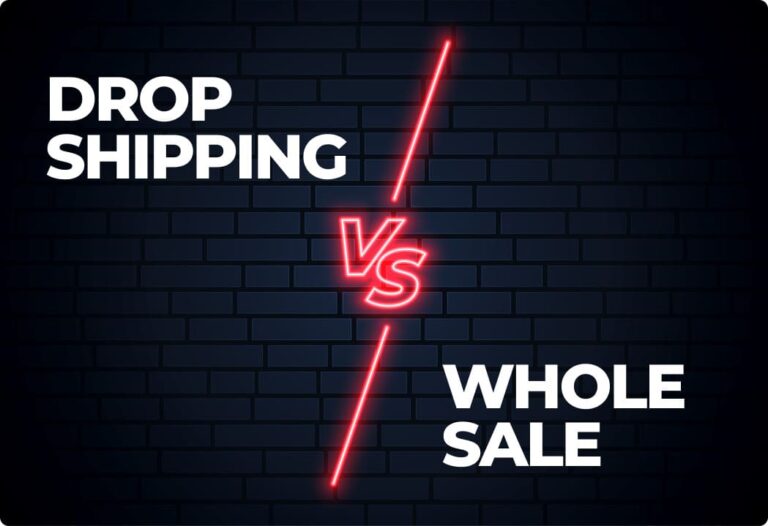
Dropshipping vs. Wholesale – Everything You Need To Know Before Committing
Dropshipping vs. Wholesale – This is among the hottest debates but tell you what, none is better than the other. It all comes down to the kind of business you want to model.

Dropshipping vs. Wholesale – This is among the hottest debates but tell you what, none is better than the other. It all comes down to the kind of business you want to model.

How much do you need to start a dropshipping business? Can you start a successful dropshipping business with no money? If the above are among the questions lingering on your mind, keep reading.
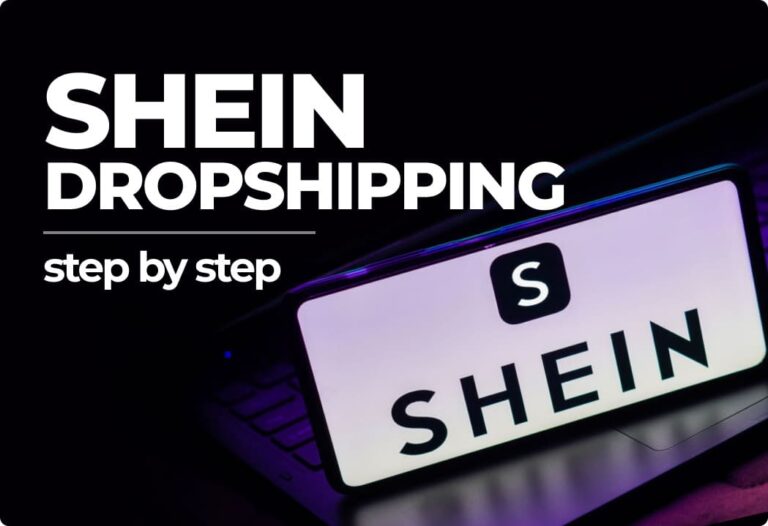
Shein dropshipping is one of the most lucrative ways to make that extra coin. But, what does it take to start dropshipping from Shein? Is it even legal? If you think Shein is your next move, this is the place to be.

Do you want to start dropshipping books but don’t know where to begin? Whether you are a seasoned dropshipper or
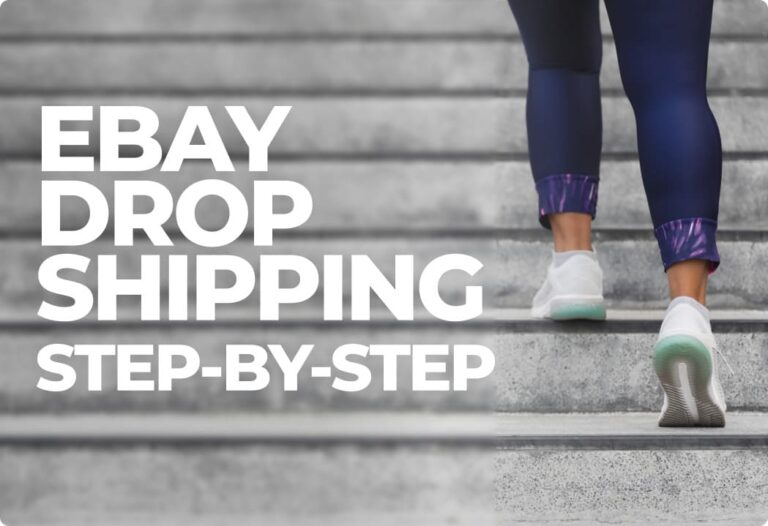
eBay dropshipping is one of the best online businesses you can start today. But as a beginner, you probably don’t know where to start or if dropshipping is still profitable. I
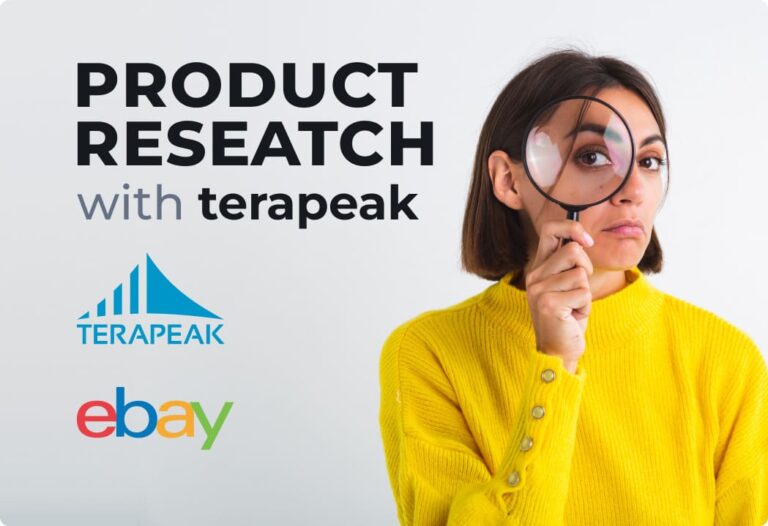
Do you want to learn how to use Tearpeak for eBay dropshipping? If yes, you might want to stick around.

In this article, you will learn everything there’s to know about dropshipping fulfillment, the difference between dropshipping and dropshipping fulfillment, how dropshipping fulfillment works…

Auto parts and accessories dropshipping is among the most lucrative ventures.
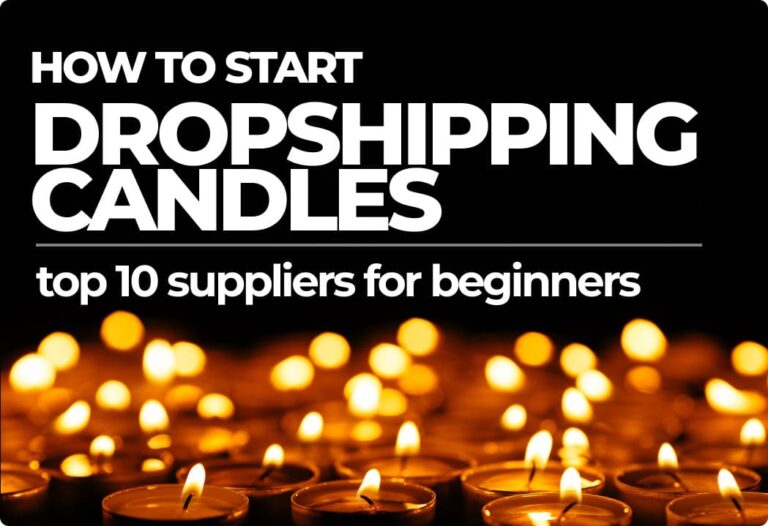
Do you want to start dropshipping candles but don’t know where to start? Worry not; we have shared everything you need to know.
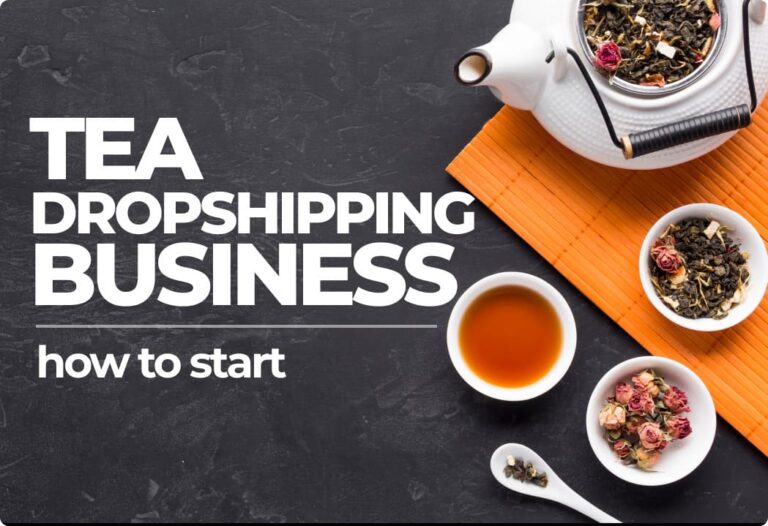
In this article, I will share with you what you need to understand about dropshipping, how it works, and what possible challenges you will face as you get along with the business.
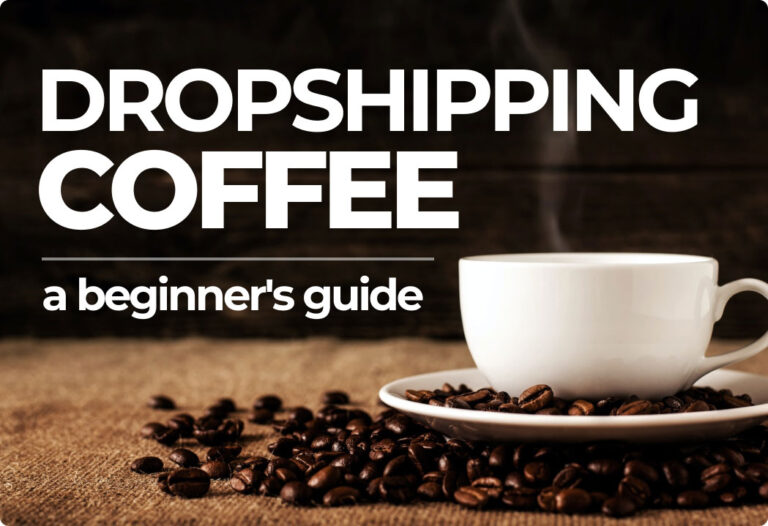
The modern world can no longer be imagined without online shopping. People are so accustomed to shopping online daily that ordinary supermarkets will soon become a thing of the past.

Learn everything you need to know to start your own successful dropshipping pet products business, from finding the right products to selling them effectively.
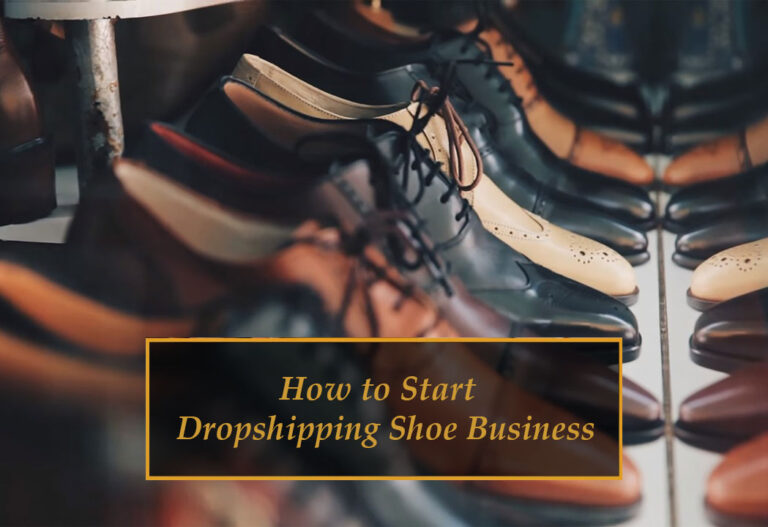
Learn how to start a dropshipping shoe business, find reliable suppliers, and boost sales with top marketing strategies and excellent customer service.
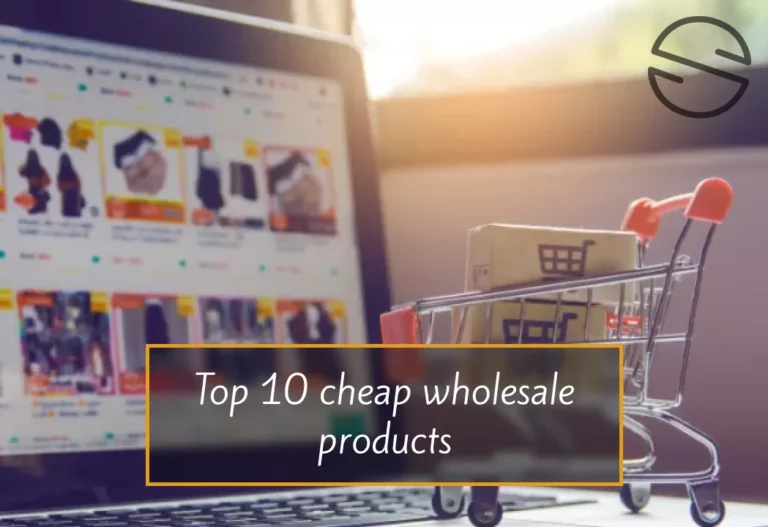
Today there are tons of ways to make money effortlessly.

Figuring out if any of the two is worth your time and energy.

If you want to join the beauty industry as a dropshipper, you come to the right place.
Here, you can find a guide for beginners, marketable

The topic of today’s article is how to import products from Amazon to Shopify.
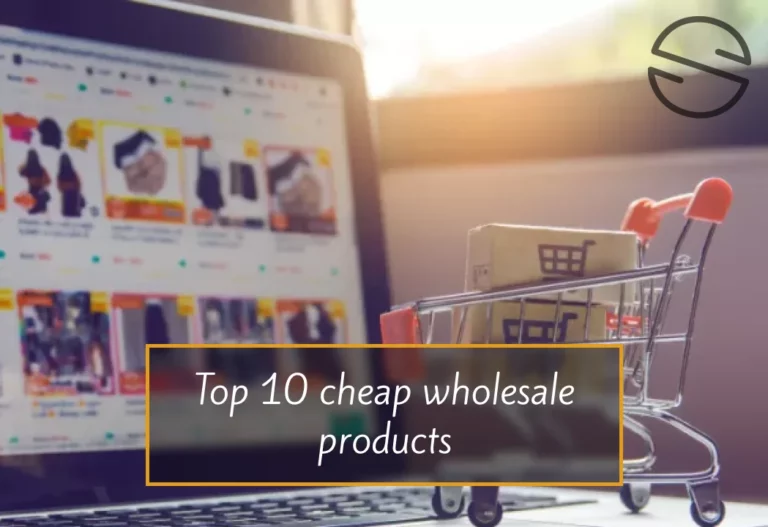
In our article we will talk about dropshipping with Aliexpress and possible alternatives to this trading giant.
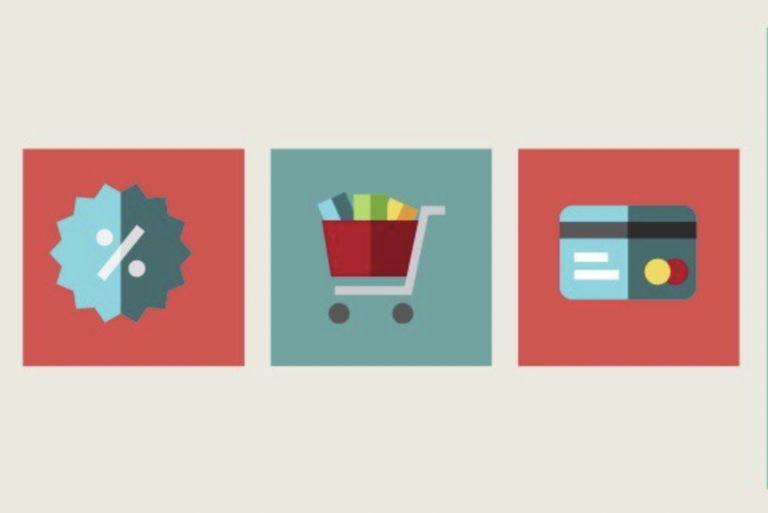
In this article we will see how to process orders from your Amazon non-prime fulfillment account.
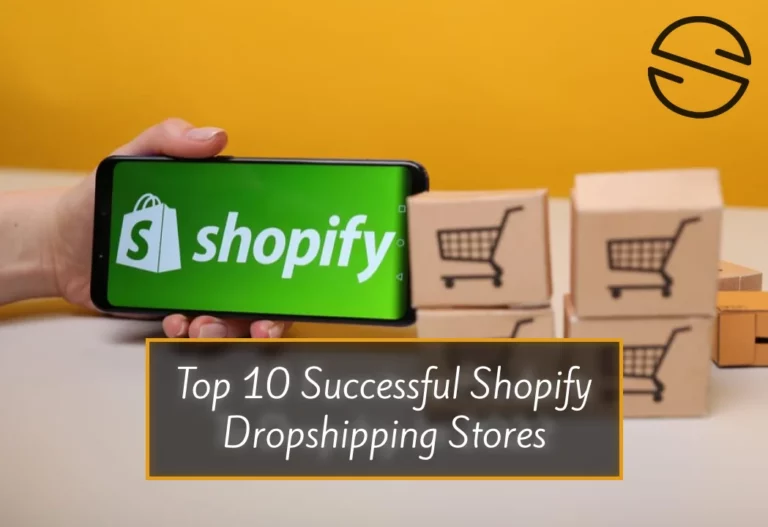
Shopify is an online platform for creating an online store. It is trendy among dropshippers.

According to statistics, 61% of furniture buyers will choose it online in 2022.
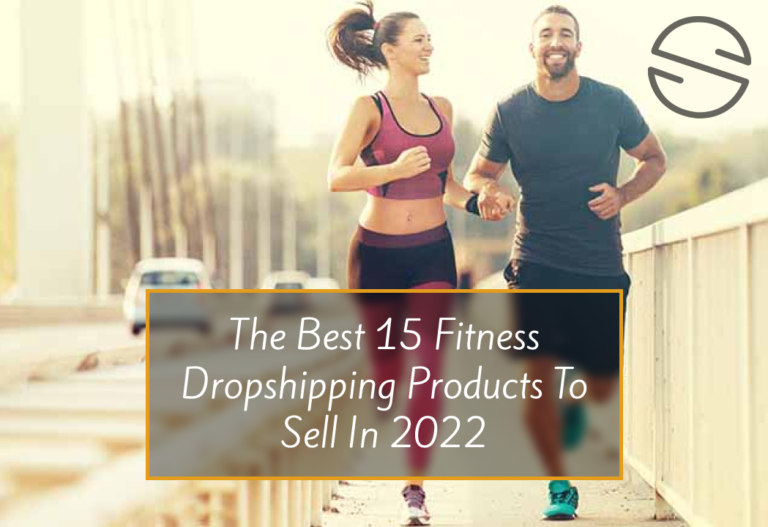
A healthy lifestyle and proper nutrition are at the peak of popularity, and business in this area is actively flourishing.

The most common dropshipping model is as follows: choose many low-cost products, and expect a large volume of sales.

Today, anyone who wants to start an e-commerce business can open an eBay store. It does not require an upfront investment.
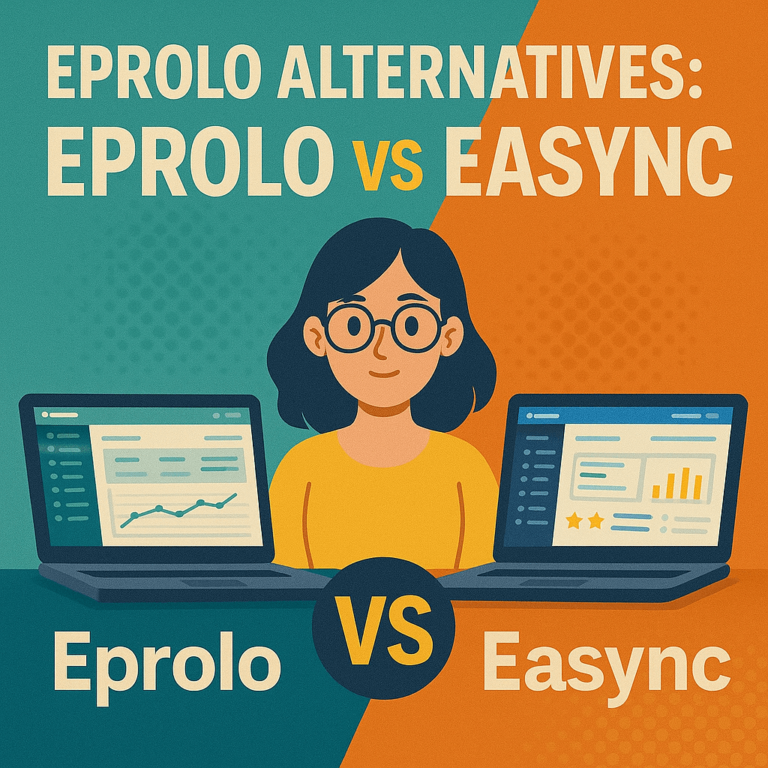
Running a dropshipping business in 2025 has evolved far beyond just picking products you think will sell. Picking a platform

When running an eBay or Amazon business, dropshipping tools such as Dropified or Easync can really come in clutch. They

Managing a highly profitable and scalable dropshipping business requires effortless time, money, and consistent effort. The tools you select can